7. Man Push Cart (dir. Ramin Bahrani)
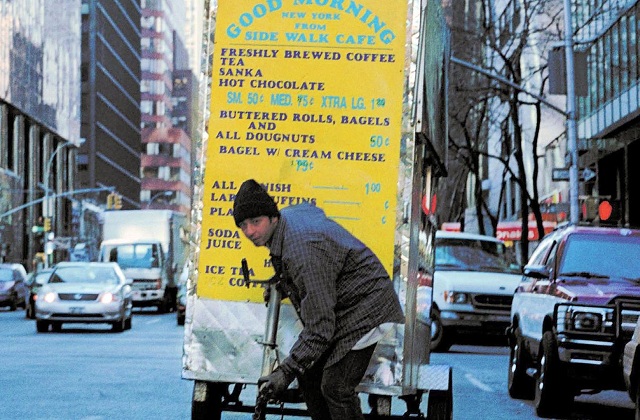
Bahrani’s debut feature is reminiscent of the Dardenne Brothers’ style of realism. Usually a despondent man or woman is forced to (or is trying to) make a living in a world that seems to feign as many opportunities as much as they are given. Here, a former Pakistani rockstar, Ahmad, sells bagels and coffee from a pushcart in New York.
Why it is essential: One of the most hardened and honest breakdowns of the American dream, where hard work may be the most important factor, but it is not the only ingredient needed. Luck has a huge impact on one’s future and such luck seems to circumvent Ahmad, making his situation worse and worse.
8. Trouble the Water (dir. Tia Lessin & Carl Deal)
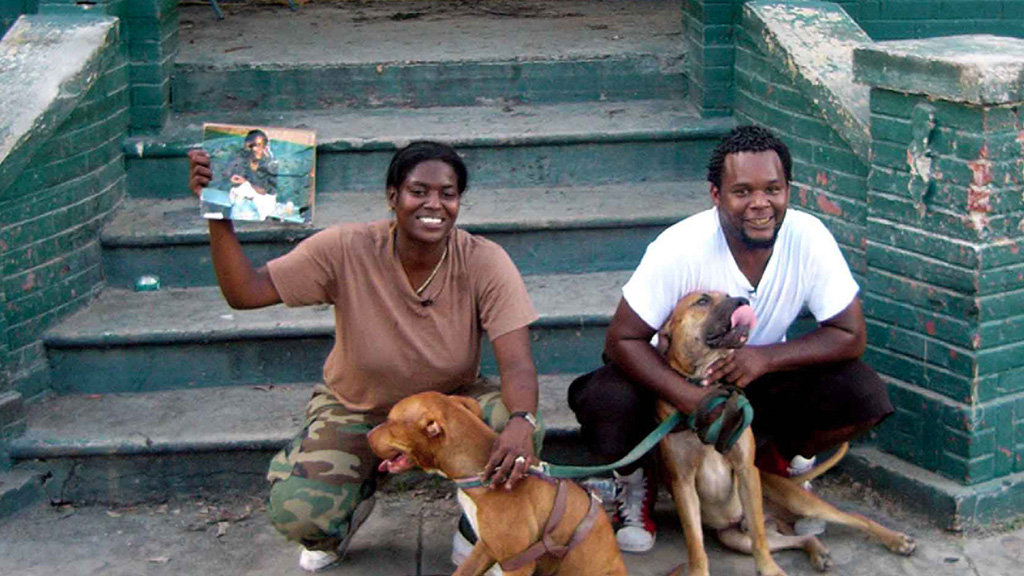
There was consummate and heartbreaking coverage of Hurricane Katrina in the late aughts. But no coverage of the aftermath was as personal and as raw as “Trouble the Water.” Kimberly Rivers, the film’s subject and anchor, records ground zero of the Greater New Orleans region with her new digi-cam.
Why it is essential: “Trouble the Water” focuses on the relationship between a government and its people in a cinéma vérité style of filming. Taking first hand experiences with the discrepancies in aid from FEMA and other governmental agencies, Kimberly Rivers and the crew document the mismanagement that went on in her area and other places. The film turns ordinary people into unconventional heroes, redeeming any past failures they may have committed.
9. The Forest for the Trees (dir. Maren Ade)
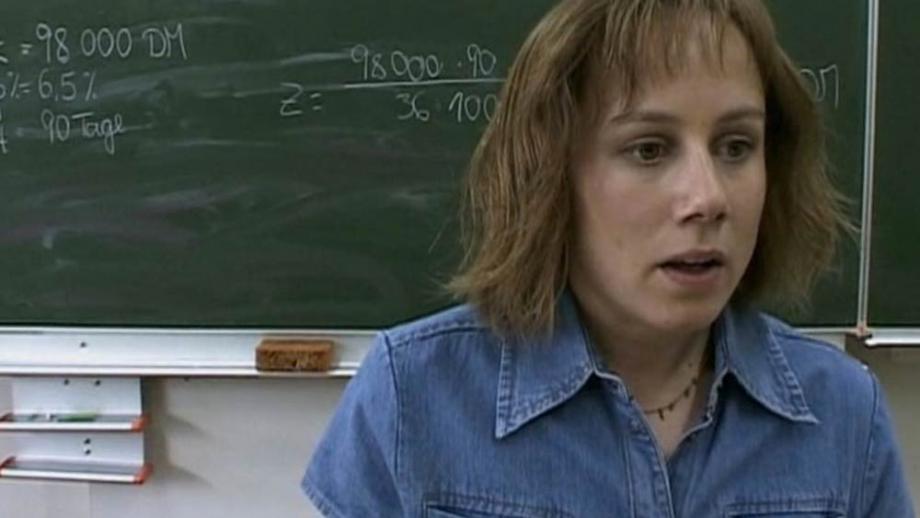
Melanie Pröschle is an unexperienced teacher moving to a new town to teach. She is spiked with positivity over her new position but Melanie has difficulty in making friends and controlling her students.
Why it is essential: Surprisingly, this is Ade’s student thesis film for film school. However, the timing and writing is perfect, hinting at future things to come. Ade crafts some of the best cringe humor her side of the Atlantic, and its hyper-realistic cinematography gives it a spontaneous feel. Eva Löbau who plays Melanie oozes awkwardness and insecurity, to the way she nods her head and how she fumbles in her actions, it all adorns the comedy very well.
10. The Circle (dir. Jafar Panahi)
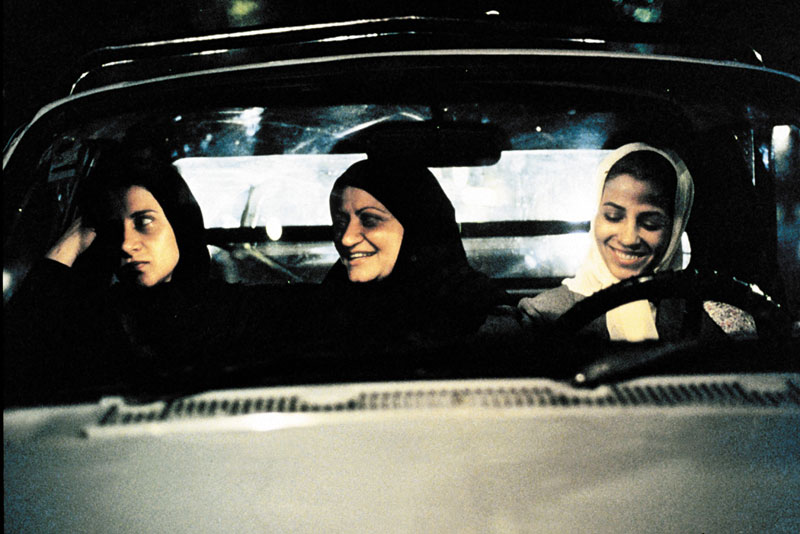
“The Circle” tells the story of women being persecuted in Iran. One is trying to get an abortion without the approval of her husband, another woman tries to flee to her home village after she escaped prison, and a woman’s daughter births a baby girl instead of a boy which she promised to the father’s family.
There is a suffocating feeling throughout the film. Even though one of the girls is not in prison, as she tries to get on a bus she realizes how futile her efforts are as she witnesses vehicle being searched by police. The bus station’s architecture resemble prison bars, this station is a metaphor for Iran itself. A cultural, social and political prison confining women for being women.
Why it is essential: The film that initially put Panahi in hot water with the Iranian government, the overt feminist, social-criticism present in “The Circle” provides a clear understanding of the innate rights smothered by Iran’s patriarchy. It remains banned in Iran to this day.
11. Linda Linda Linda (dir. Nobuhiro Yamashita)
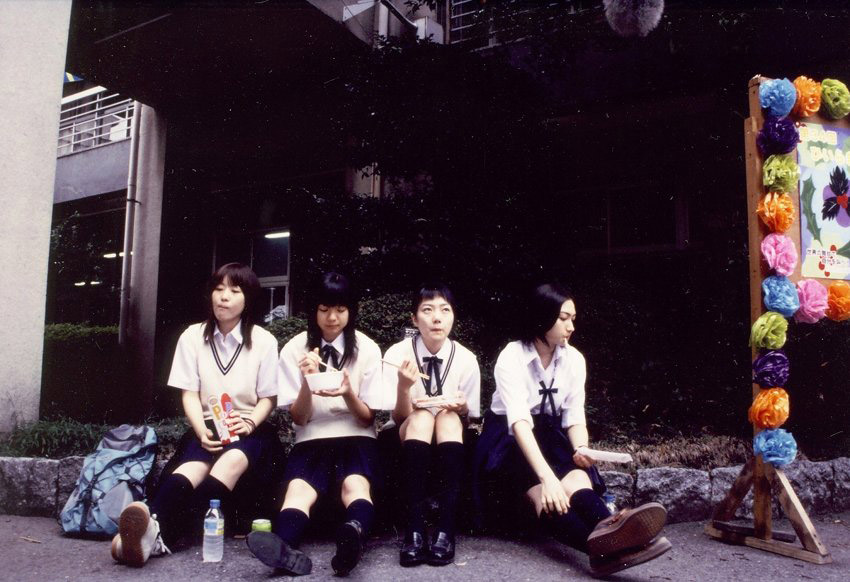
One of the most charming rock films to emerge from Japan, a group teenage girls forms a pop-punk band to perform at their school’s cultural festival. But their lead singer quits the team three days prior to the festival, leaving the rest to scramble for a replacement.
Why it is essential: “Linda Linda Linda” encapsulates the energy and excitement of starting a new band for the sake of doing so. The untapped potential and experiences to be had are explicated throughout the film. Son (Bae Doona), the band’s impetuously chosen new lead singer, has a bug-eyed visage that adds to her overall confusion because she is a Korean exchange student who barely knows Japanese, this communication discrepancy shows how music can bring anyone together.
12. Moolaadé (dir. Ousmane Sembène)

Sembène’s final film tackles what is not a controversial issue per say, but among the few places that still allow it, criticism of the practice may bring disparaging remarks and vitriol. That issue is female genital mutilation (FGM), also known as female circumcision.
In it, a woman named Collé, who suffered the same painful procedure as a child, refuses to allow her daughter to go through such a degrading practice knowing it will make her daughter ineligible for marriage. But when a group young girls escape the women elders who perform the surgery, Collé upsets the social fabric of the village, creating a debate amongst the men and women who support the practice.
Why it is essential: The fact that FGM still exists is a frightening prospect. Mixed with a little bit of cultural tradition, but mostly filled with normalized misogyny, female circumcision is still done to over 200 million women worldwide, according to UNICEF. The women can be as young as six years old and in Moolaadé, the village circumcises their girl’s at around that age.
It depicts the physiological ramifications of the amateur surgery, for example the inability to go pee (usually temporary), infection, scarring, excruciating childbirth, unsatisfactory/painful sex and increased chances of childbearing issues.
13. As I was Moving Ahead Occasionally I saw Brief Glimpses of Beauty (dir. Jonas Mekas)
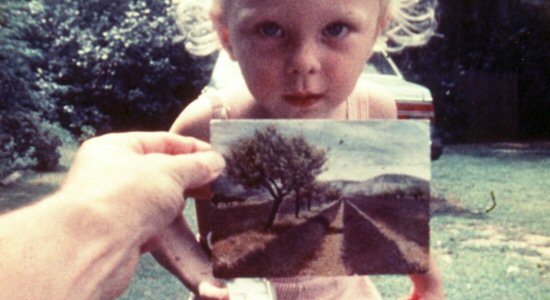
Mekas spent decades filming and producing experimental films. From the 1960s to today, his output is nothing short of prolific. With this opus, “As I was Moving Ahead Occasionally I Saw Brief Glimpses of Beauty,” Mekas documents his personal life, recording his child’s first steps to mundane events such as birthdays, picnics and other assorted moments.
Why it is essential: Mekas basically attempts to reconstruct his life with over thirty years worth of home movies. It is a pragmatic film, no pretensions in its austerity and like other great avant-garde landmarks, it reflects not only the artist’s present mentality but the state of affairs culturally. Though that may be hard to notice here because it is so personal.